Artistic Research: Photo installations by Hamburg photographer Barbara
Dombrowski with texts by Kiel geographer Silja Klepp
In autumn 2020 the photographer Barbara Dombrowski and the human geographer Silja Klepp travelled together to Sicily. The journey was the beginning of a joint artistic exploration of how a permanent coastal crisis is shaping the Messina region of Sicily.
The photo installations “Interrelated crises in the Anthropocene: Burning forests and the eroding coasrs” are the first result of this particular journey and provoke an interactive understanding of human-environment relations, trying to overcome the nature/human divide. Further, the exhibition will open up possibilities for transformative action that should lead to a more sustainable use of nature.
More than ten years ago Barbara Dombrowski started to deal with the effects of climate change on indigenous peoples in her worldwide photo-art project “Tropic Ice Dialog between Places affected by Climate Change”. The results are impressive portraits of people from all five continents. Today, she collaborates with scientists at the intersection of art and science in the fields of climate crisis and human-nature relations in the Anthropocene. Dombroswki and Klepp intend to integrate the Sicily Project into a larger European context.
The images of the coastal areas of Sicily are closely linked to SIlja Klepp´s research. Klepp engages in human-environment relations as part of her research activities and seeks dialogue with society in a new artistically inspired approach. The Professor of Social Geography of Coastal and Marine Areas at Kiel University has spent many years of research in Sicily. Her latest studies focus on the degradation of the coasts and the conversion of public land and dune landscapes into building land and private property.
After Bern (Switzerland) at the EnJust Workshop, the exhibition travelled first to Kiel University (Germany) and after that to Naso (Sicily/Italy) to force the dialog between science and the civil society and also to support a network.
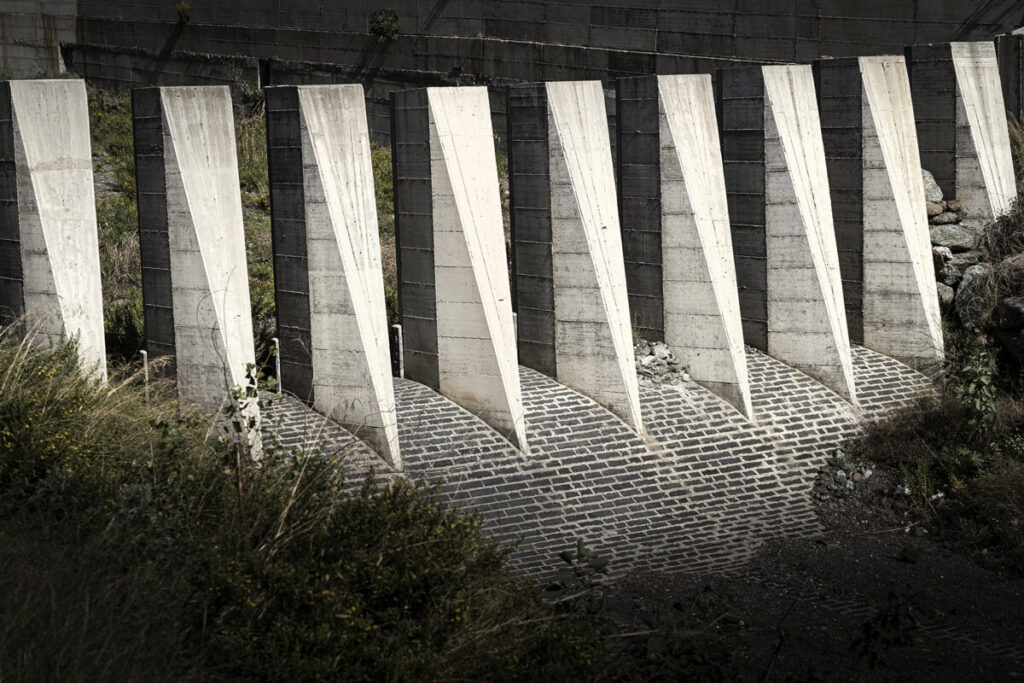
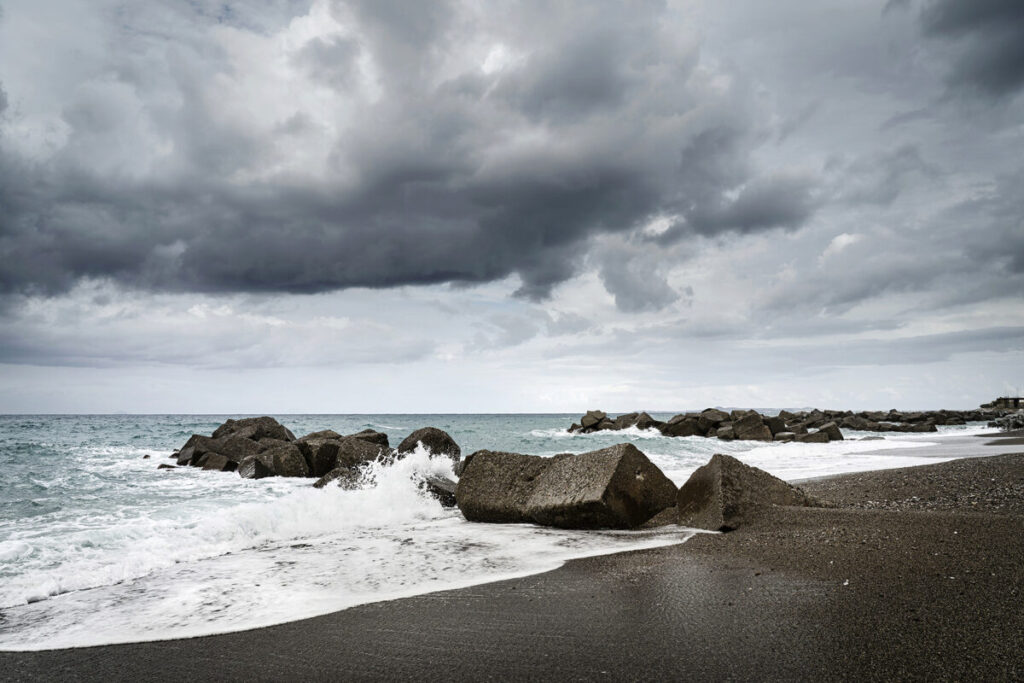
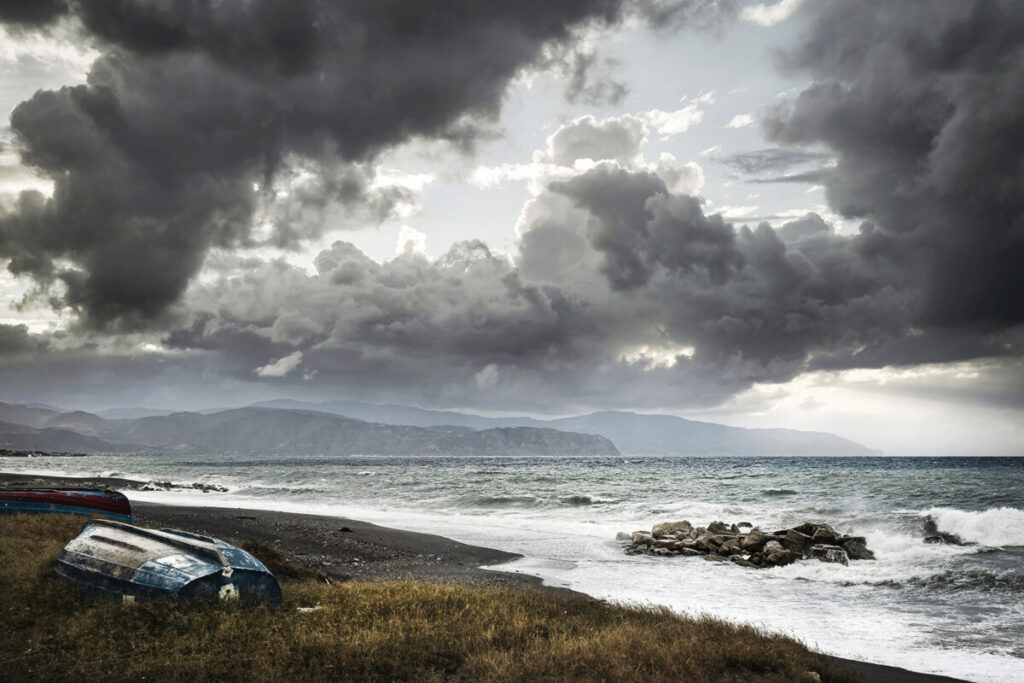
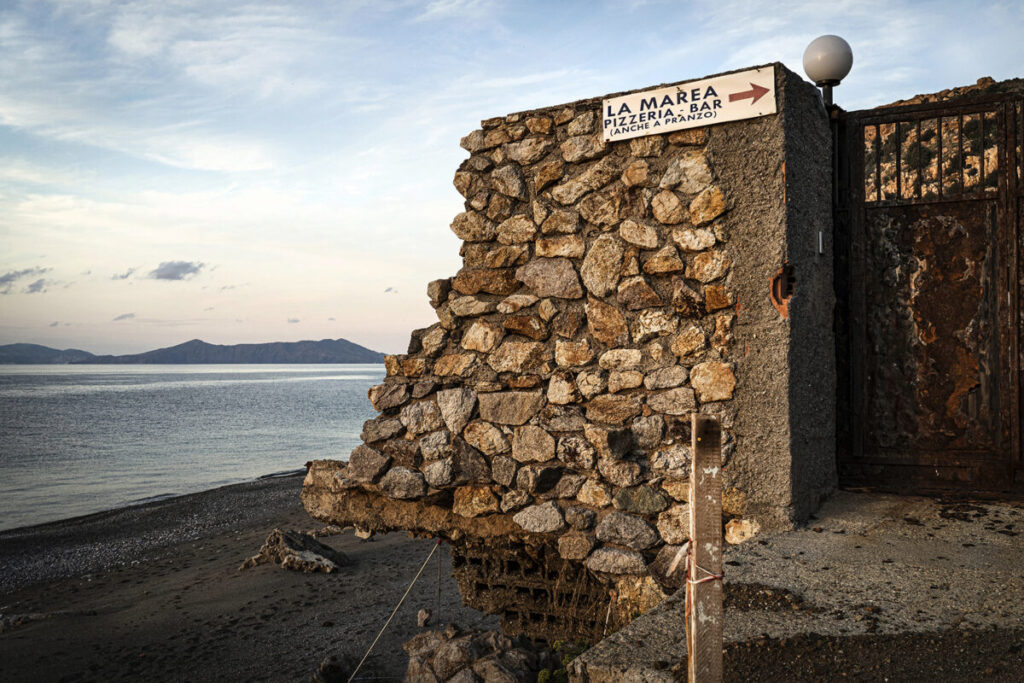
Erosion through construction. An environmental history marked by appropriation.
In recent decades, the environmental history of the area around Messina has been dominated by construction activity of public land and dune landscapes into building land and private property. These construction activities, including hard coastal protection measures, have led to the erosion and degradation of the coasts.
In Sicily, intensifying coastal hazards and climate change are evolving against the background of a history of rapid demographic change and coastal sprawl. Since the 1960s many Sicilians have moved from the mountains to the coast. Cities in the mountains have been shrinking. Coastal communities that were originally small villages of fishers have grown rapidly. This has led to problems in the mountains on the coast.
A lack of maintenance and clearing areas in the countryside is causing forest fires. Tar wood and undergrowth easily catches fire and is today responsible for the fires spreading quickly. In the Messina region, the mountain river courses (the torrenti) that transported sediments to the beaches have been increasingly concreted since the late 1970s. This development has led to dramatic erosion and degeneration effects.
These interventions (concreting mountain rivers in the 80s and 90s) were neither planned, nor thought out, nor carried out in a judicious manner. (…) In our opinion, this was just to satisfy the voracity of companies and politicians, and they were making money out of it, in order to award contracts. So it was in order so spend those sums…there were no real needs: they were “constructed” needs. There was money available…
(Quote interview SK with environmentalist, 10.02.2022)
The concreting of torrenti and the coast has set in motion a kind of “vicios circle” in many coastal areas in Sicily: the answers to erosion are mostly hard coastal protection measures like groins and breakwaters, which cause more erosion and coastal degradation. Today, numerous coastal communities are in constant need of expensive coastal protection measures if inhabited areas are to be maintained. Public funds of all scales, from EU to municipal level, are used for these measures. Coastal governance is characterized by a permanent declared state of emergency and a profitable “disaster economy” (Klein 2007). It it mainly the building sector but also various experts and concultants that profit from the “disaster economy” (Klein 2007) that has formed on the Sicilian coasts.


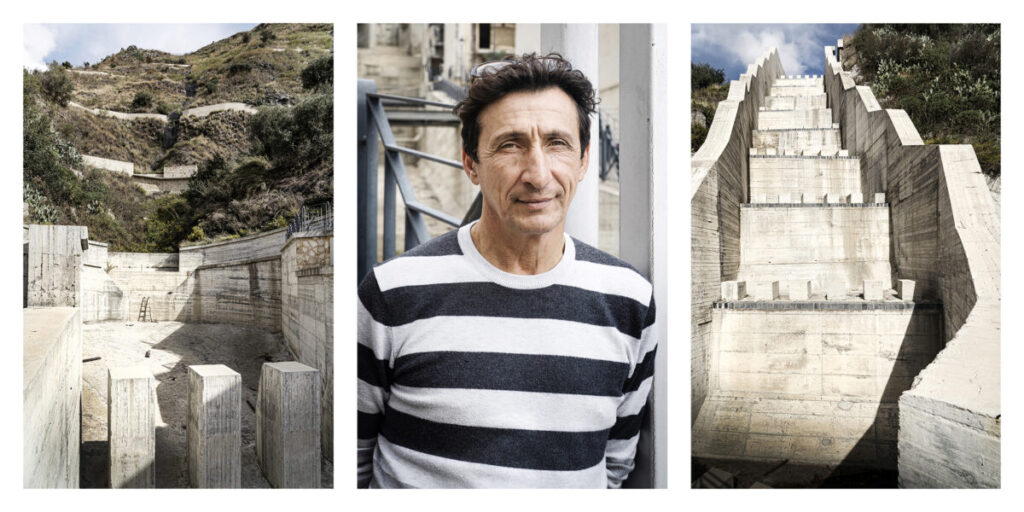
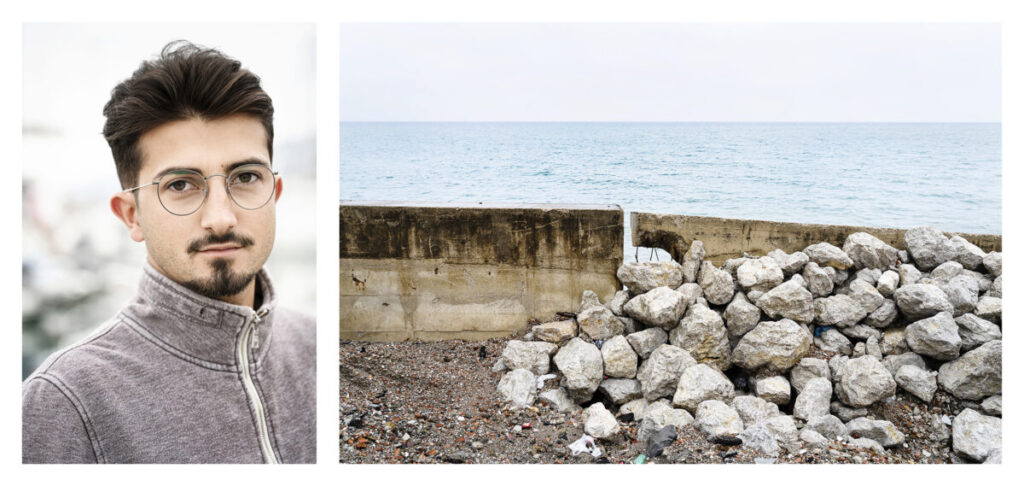
Coastal development 2.0 – Even more cement and different narratives of development
Due to climate change and building activities, the human-coastal crisis is becoming more acute. Nonetheless, narratives of economic development and (ecological) modernity dominate our activities. Which notions will help us to tackle the socio-ecological crisis?
In times of climate change, more and more floods generated by heavy rain and sea level rise are producing problems for people and infrastrucutre. This enhances the constant coastal distress caused by anthropogenic eroision. However, building activities have not been limited in recent years.
On the contrary, coastal protection laws have been circumvented, especially by the construction of several small marinas in the Messina area. While construction in general is forbidden within 150 metres of the coast, tourist facilities and infrastructure can be built on port land. Munucipalities that used to have a fishing harbour now only have a touristic harbour. Fishers from San Giorgio, a place that was famous for tuna fishing in the past, now have to travel 40km to Sant´Agata di Militello to get their boats.
The planning and development of new infrastructure for the tourism sector to some extent follow ideas of ecological modernization and sustainability. A 10-metre-wide bicycle road has now been built through the last stretch of coastline that was in a natural state between Capo d´Orlando and Terranova.
In the Messina area, as in almost all coastal towns worldwide, questions arise regarding different narratives of a good coastal future. What does development mean for us? What should be protected and how? How do we want so shape our human-coastal relations? And what does sustainable coastal development look like?
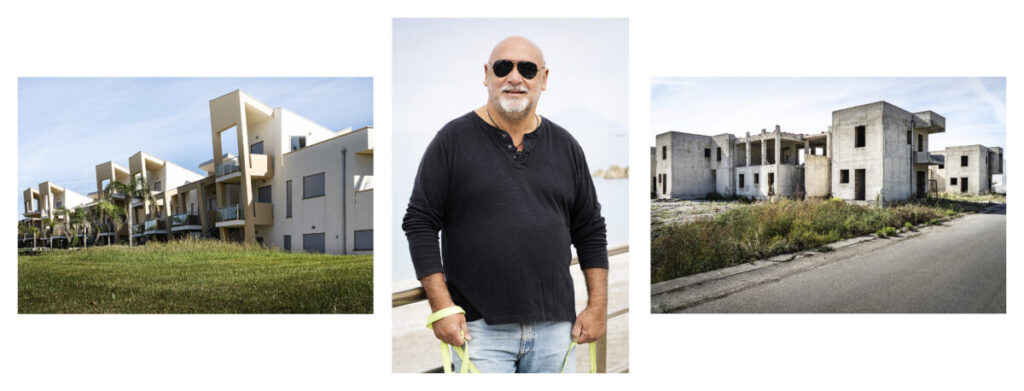
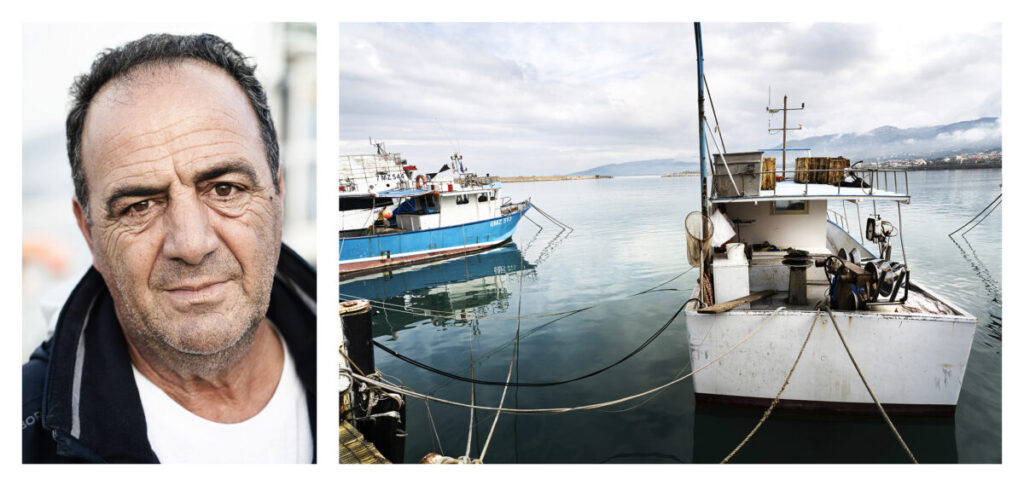

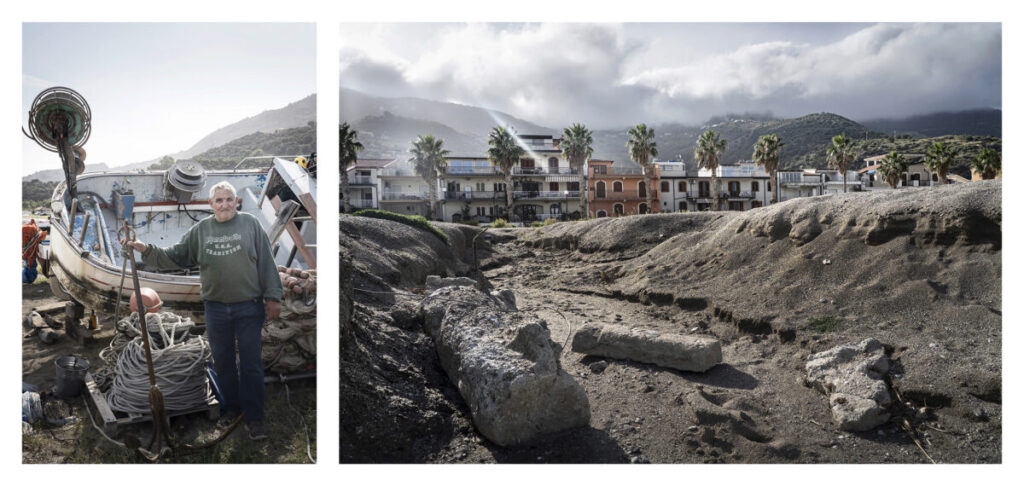
The disaster of Giampilieri and Scaletta Zanclea in 2009
Due to increasing precipitation and the cementing of the moutain river beds, mud- and landslides are very common in the Messina area. Some of these events have also caused fatalities. On 1 October 2009, 37 people died on the lonian coast in the small towns of Giampilieri and Scaletta Zanclea near Messina.
Engineers from the regional civil protection service (protezione civile) built a hard concrete infrastructure in the small town of Giampilieri for about 100 million euros in a bid to prevent furhter disasters. The funding came mainly from the European Union. Opinions about the effectiveness of these measures differ greatly, especially outside Giampilieri. In Giampilieri itself, the measures were mainly welcomed.
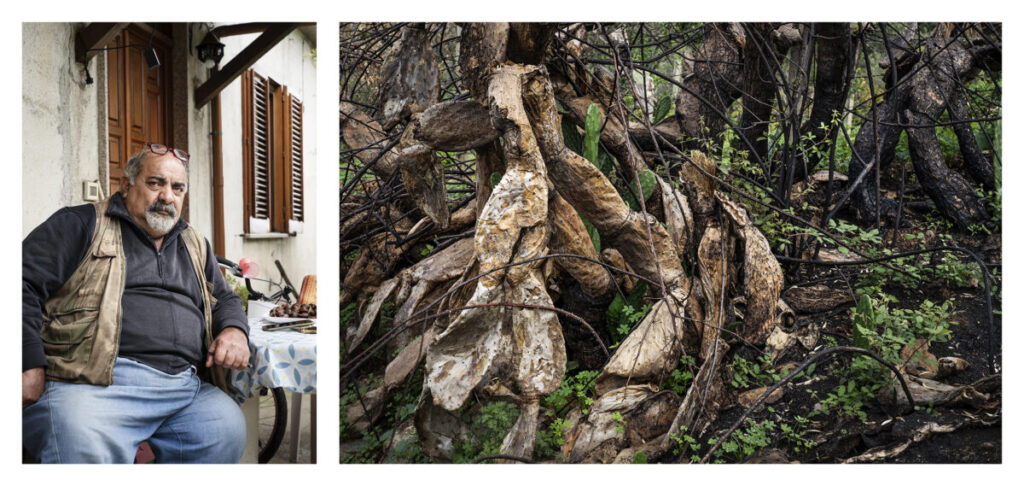
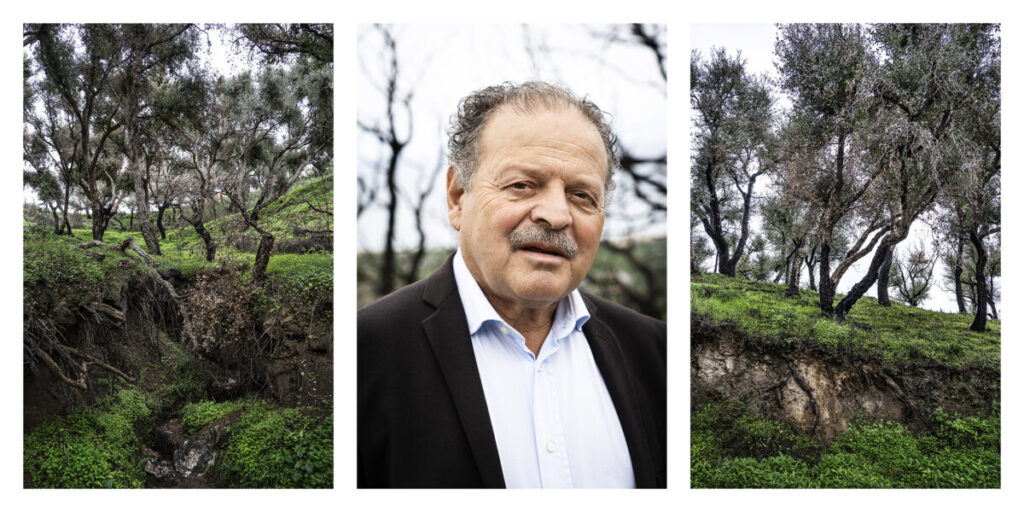
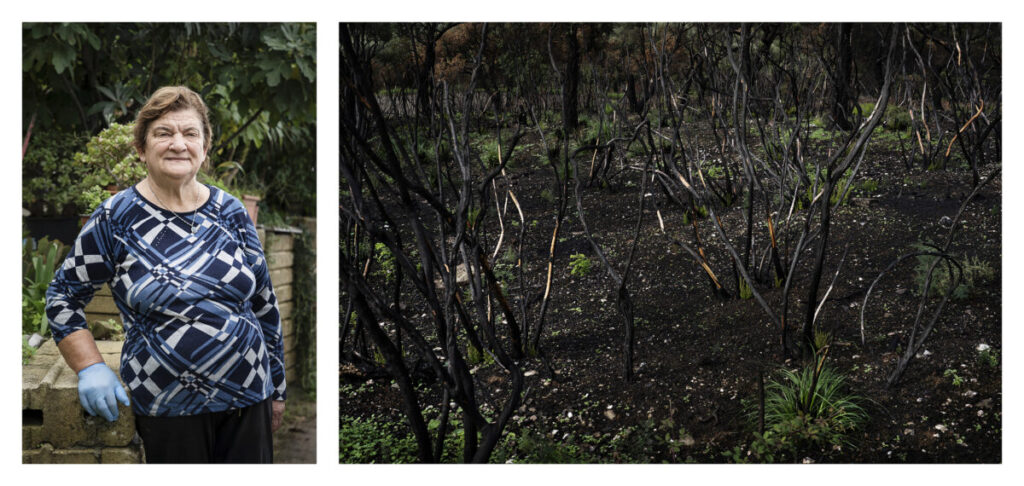
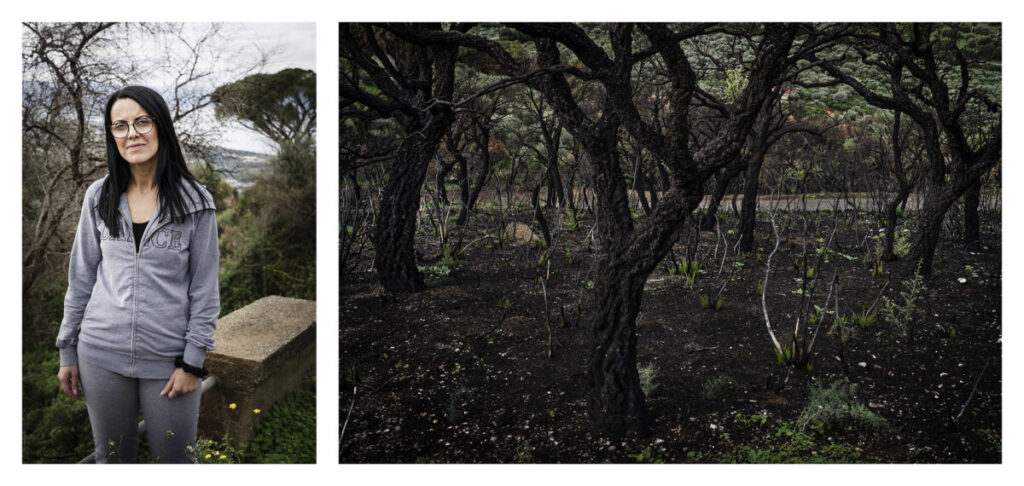
Joint exhibitions Barbara Dombrowski – Silja Klepp
Climate Justice in Kiribati, www.marinesocialscience.uni-kiel.de
Science Meets Art: “Tropic Ice – Climate Justice” Photo Exhibition and Panel Discussion (Ocean Summit Kiel/Germany)
Further information on research by Silja Klepp at Kiel University
www.marinesocialscience.uni-kiel.de
www.enjust.net (Network for Environmental Justice)
Exhibitions Barbara Dombrowski
Tropic Ice “Dialog between Places Affected by Climate Change”
www.barbaradombrowski.com/tropicice
www.barbaradombrowski.co

